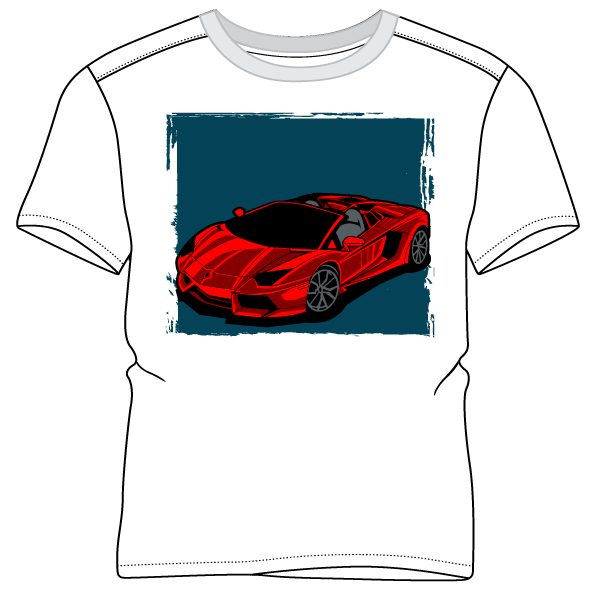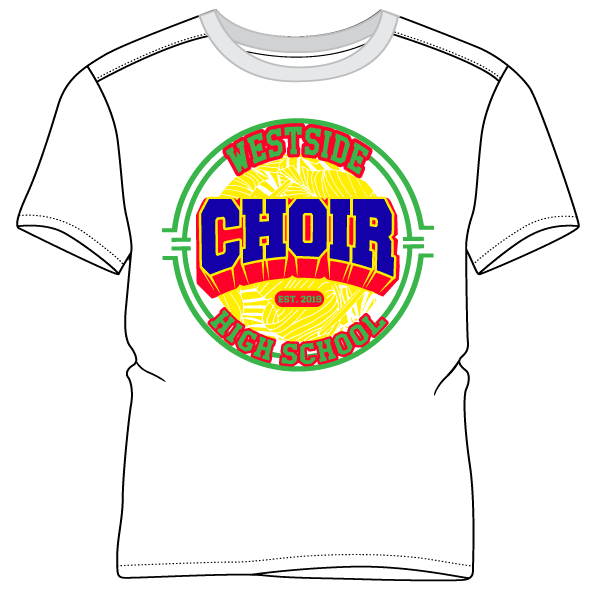Table of contents
Custom print clothing has become one of the most exciting ways for people to express creativity, showcase brand identity, and build profitable businesses. From small independent designers to large eCommerce brands, custom print clothing lines have taken the fashion world by storm. Whether you’re a designer, entrepreneur, or simply someone who loves creating unique apparel, starting your own custom print clothing line can be both rewarding and profitable.
In this comprehensive guide, we’ll walk you through every step of how to start a custom print clothing business — from the initial idea to selling your first product.
1. Understanding the Custom Print Clothing Industry
Before diving into production, it’s important to understand what custom print clothing really means. Essentially, it’s a business that designs and prints personalized apparel — T-shirts, hoodies, jackets, tote bags, and more — with unique graphics, logos, or messages.
The custom print clothing market has grown rapidly, driven by consumer demand for individuality and the rise of print-on-demand (POD) technology. This model allows entrepreneurs to design and sell custom apparel online without holding inventory.
Why it’s booming:
- People love personalized fashion.
- Businesses need branded uniforms and merchandise.
- Social media has made showcasing clothing lines easier than ever.
By understanding these trends, you can position your custom print clothing line to meet demand in a growing market.
Creative Long Shirts Design Patterns That Elevate Your Everyday Look

2. Research Your Target Market
Before launching your custom print clothing brand, conduct market research to understand your audience. Who will buy your products? What style, message, or niche will you serve?
Key steps for market research:
- Identify your niche – For example, streetwear, eco-friendly fashion, athletic wear, or motivational prints.
- Study competitors – Look at other custom print clothing brands. What do they do well? Where can you improve?
- Analyze trends – Use Google Trends, social media hashtags, and fashion blogs to discover what’s trending.
- Define your target audience – Are they students, professionals, or businesses ordering in bulk?
When you have a clear understanding of your audience, your custom print clothing designs will align better with their tastes and needs.
3. Develop Your Brand Identity
A strong brand identity is the heart of any successful custom print clothing line. Your brand should communicate your vision, values, and style at a glance.
Elements of brand identity:
- Brand name: Choose something memorable, relevant, and easy to pronounce.
- Logo design: Your logo will appear on your website, packaging, and possibly even on your clothing tags.
- Color palette and typography: These define your brand’s look and feel.
- Voice and message: Decide how your brand speaks — playful, bold, minimalistic, or luxurious.
Consistency is key. Every piece of your custom print clothing line should reflect your brand identity to build trust and recognition.
4. Create Unique Designs
The design phase is where your custom print clothing line truly comes to life. Your designs are what will set your brand apart.
Tips for creating stand-out designs:
- Be original: Avoid copying popular graphics. Instead, create fresh concepts that represent your brand’s personality.
- Use professional design tools: Software like Adobe Illustrator, Canva, or Procreate helps create high-quality artwork.
- Consider print techniques: Different printing methods work best for specific designs (we’ll cover this next).
- Gather feedback: Test your designs with potential customers before mass production.
Remember, your custom print clothing designs should connect emotionally with your target market. A well-designed shirt can speak louder than words.

5. Choose Your Printing Method
Printing quality is the backbone of any custom print clothing business. Your chosen technique determines durability, color vibrancy, and overall look.
Popular printing methods:
- Screen Printing: Ideal for bulk orders. It offers vibrant colors and long-lasting prints.
- Direct-to-Garment (DTG): Best for small batches or detailed designs. It prints directly onto the fabric using inkjet technology.
- Heat Transfer: Perfect for on-demand printing or one-off designs.
- Embroidery: Adds a premium, textured look, often used for logos and branding.
Each method has pros and cons. For startups, DTG or print-on-demand services are cost-effective options to launch a custom print clothing line without large upfront investments.
6. Source Quality Materials and Clothing Blanks
Quality matters in custom print clothing. Customers expect comfort, durability, and good fit. Choose blank garments that reflect your brand’s standards.
How to source materials:
- Partner with reliable suppliers: Companies like Bella+Canvas, Gildan, and Next Level Apparel offer high-quality blanks.
- Test fabrics: Order samples to check softness, stretch, and wash durability.
- Focus on sustainability: Many consumers prefer eco-friendly materials like organic cotton or recycled polyester.
The better your base material, the more premium your custom print clothing line will feel — and the more likely customers are to buy again.

7. Set Up Your Production Process
Decide whether you’ll handle production in-house or partner with a print-on-demand service.
In-house printing:
- Full control over quality and turnaround.
- Requires investment in equipment and workspace.
Print-on-demand (POD):
- No inventory or equipment costs.
- Orders are fulfilled automatically through providers like Printful or Printify.
For beginners, POD is often the most practical choice for launching a custom print clothing line. As your brand grows, you can scale to in-house production for higher profit margins.
8. Build an Online Store
An engaging online store is essential for selling custom print clothing in today’s digital marketplace.
Steps to create your store:
- Choose a platform: Shopify, Etsy, or WooCommerce are great options.
- Design a clean layout: Showcase your products with clear images, detailed descriptions, and size charts.
- Add secure payment options: Accept major cards, PayPal, and mobile wallets.
- Include customer reviews and social proof: Builds trust and boosts sales.
Make sure your website is optimized for SEO — include “custom print clothing” strategically in your titles, meta descriptions, and product pages to improve visibility.
9. Promote Your Custom Print Clothing Line
Marketing is where your brand gains visibility and customers. Even the best custom print clothing won’t sell itself — you need a solid promotion strategy.
Effective marketing strategies:
- Social media marketing: Use Instagram, TikTok, and Pinterest to showcase your designs with lifestyle photography.
- Influencer collaborations: Partner with creators who share your target audience.
- Email marketing: Offer discounts or exclusive drops to keep customers engaged.
- Content marketing: Write blogs or make videos about fashion tips, style guides, or behind-the-scenes processes.
- SEO optimization: Keep using your target keyword “custom print clothing” naturally throughout your website content.
A well-rounded marketing approach helps establish your custom print clothing brand as a trusted name in the market.

10. Set Pricing and Manage Finances
Your pricing strategy determines profitability. Factor in all costs — materials, printing, marketing, and packaging — before setting your price.
Pricing tips:
- Know your margins: Aim for at least 30–50% profit on each item.
- Research competitors: Stay competitive while maintaining quality.
- Offer bundle deals: Encourage larger orders by discounting multiple items.
Managing your finances carefully will keep your custom print clothing business sustainable as you scale.
11. Create a Memorable Customer Experience
Your customers should feel connected to your brand from start to finish. Exceptional service turns buyers into loyal fans.
Ways to enhance customer experience:
- Offer fast and reliable shipping.
- Include thank-you cards or small gifts in each package.
- Provide responsive customer support.
- Encourage user-generated content by asking customers to tag your custom print clothing brand on social media.
A happy customer is the best marketing asset your custom print clothing line can have.
12. Scale Your Business
Once your custom print clothing line gains traction, it’s time to expand.
Scaling strategies:
- Introduce new products: Add hats, tote bags, or limited-edition prints.
- Offer wholesale options: Supply local boutiques or online retailers.
- Expand internationally: Use global eCommerce tools to reach new audiences.
- Invest in automation: Streamline fulfillment, shipping, and customer service as you grow.
Scaling smartly ensures your custom print clothing business continues to thrive in a competitive market.
Conclusion:
Starting a custom print clothing line is more than just printing T-shirts — it’s about turning creativity into a brand that resonates with people. With the right planning, design, and marketing strategies, anyone can launch a successful custom print clothing business that stands out.
Remember, consistency and authenticity are key. Keep learning, adapting, and refining your approach. The world of custom print clothing is full of opportunities — all you need is vision, passion, and the right steps to make it happen.
👕 Claim Your Free Pack of Trendy Open-Source T-Shirt Designs! 👕